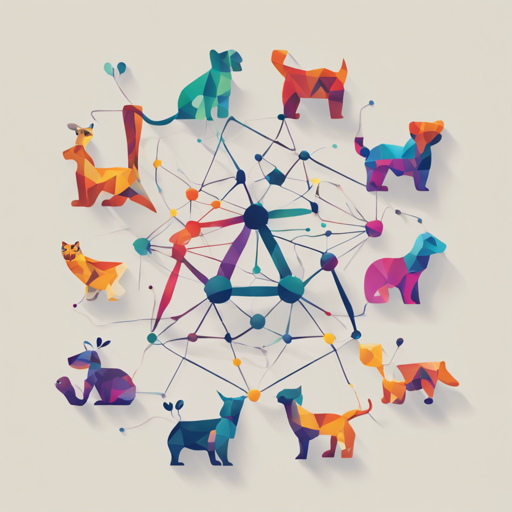If you’re looking to dive into image classification using the CIFAR100 dataset with PyTorch, you’ve come to the right place! This guide will walk you through setting up your environment, running your model, and understanding the key components of your training process.
Requirements
Before starting, ensure you have the following environment set up:
- Python 3.6
- PyTorch 1.6.0+cu101
- TensorBoard 2.2.2 (optional)
Steps to Train Your Model
1. Enter the Directory
First, navigate to the project directory by running the following command:
bash
$ cd pytorch-cifar100
2. Dataset
We’ll utilize the CIFAR100 dataset from torchvision because it’s more convenient. For those who may not know how to create a custom dataset module, I’ve also provided sample code in the dataset folder.
3. Run TensorBoard (Optional)
If you want to visualize your training progress, install TensorBoard with the following commands:
bash
$ pip install tensorboard
$ mkdir runs
$ tensorboard --logdir=runs --port=6006 --host=localhost
4. Train the Model
To train the model, specify the network architecture you want to train by using the following command:
bash
# Use GPU to train vgg16
$ python train.py -net vgg16 -gpu
You can also enable warmup training by setting the -warm flag to 1 or 2 to prevent network divergence during the initial training phase. A variety of architectures are supported, including:
- squeezenet
- mobilenet
- vgg (various versions)
- resnet (various versions)
- inception (various versions)
- googlenet
- densenet
- and more!
The best accuracy weights file will be automatically saved in the checkpoint folder with the suffix ‘best’.
5. Test the Model
After training your model, you can test it by running:
bash
$ python test.py -net vgg16 -weights path_to_vgg16_weights_file
Understanding Your Model Choices
Think of training models like preparing different dishes in a kitchen. Each model architecture is like a different recipe. Some recipes, like VGG, are known for their depth, potentially valuing more layers for better understanding—akin to a chef learning complex culinary techniques. Others, like SqueezeNet, focus on efficiency, producing tasty results with fewer ingredients, ensuring you stay within a budget!
Training Details
This section outlines some best practices and hyperparameters used during training:
- Initial learning rate (lr): 0.1, adjusted at specified epochs
- Training for up to 300 epochs with a batch size of 128, dwell on memory constraints
- Nesterov momentum of 0.9
If you’re new to hyperparameter tuning, you might want to explore additional tricks found in my repository.
Results
Below are the results based on various models. Remember, results may vary based on the chosen hyperparameters:
dataset network params top1 err top5 err
cifar100 mobilenet 3.3M 34.02 10.56
cifar100 vgg16 34.0M 27.07 8.84
...
Troubleshooting
Even with a carefully set-up environment, issues can arise. Here are common troubleshooting tips:
- If you face errors related to CUDA, ensure your GPU drivers are updated.
- For any installation issues, verify that your Python and PyTorch versions match the requirements.
- TensorBoard may not show logs if the
--logdirpath is incorrect. Double-check your paths! - Adjusting hyperparameters can be tricky; if you see unexpected results, try resetting to default values and reassessing.
For more insights, updates, or to collaborate on AI development projects, stay connected with fxis.ai.
Conclusion
Now you’re well-equipped to embark on your journey using PyTorch with the CIFAR100 dataset. At fxis.ai, we believe that such advancements are crucial for the future of AI, as they enable more comprehensive and effective solutions. Our team is continually exploring new methodologies to push the envelope in artificial intelligence, ensuring that our clients benefit from the latest technological innovations.

